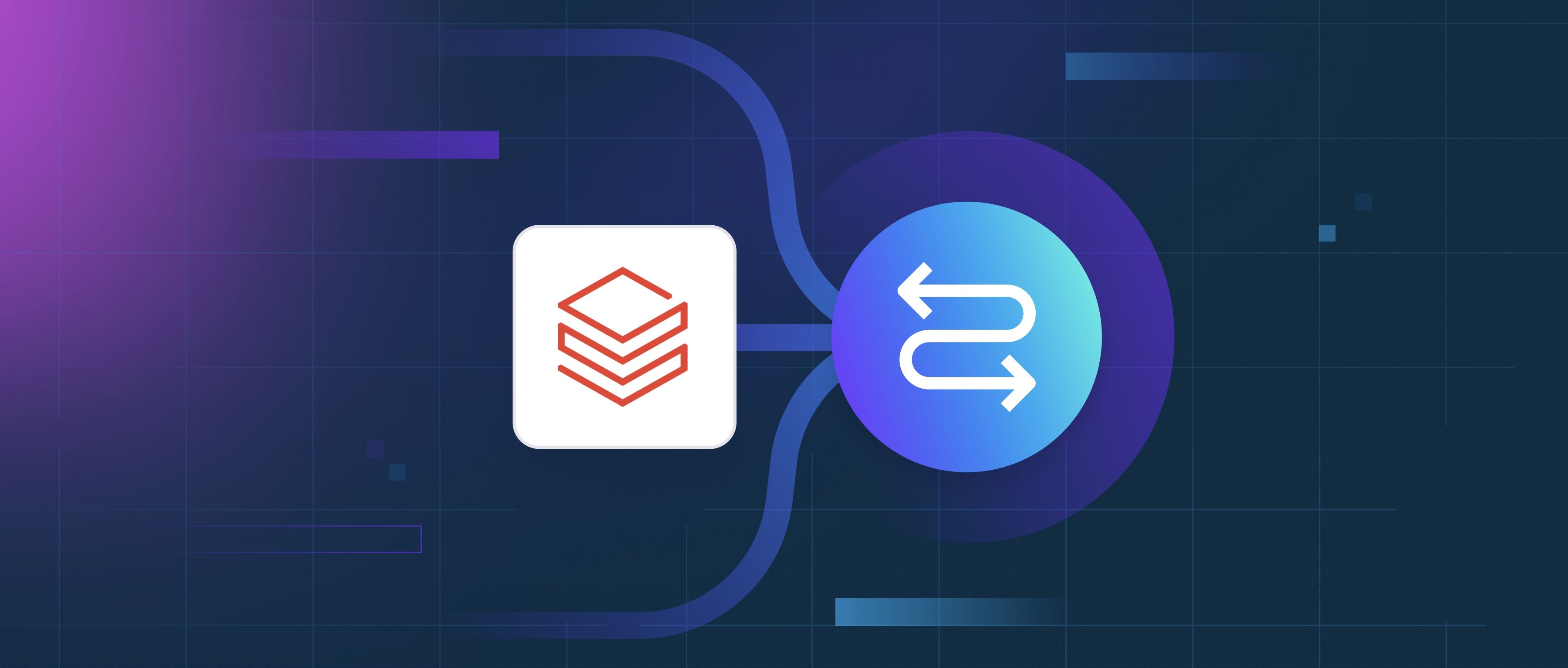Quantum computers execute reversible computations by relying on the principles of quantum mechanics and linear algebra. In classical computing, computations can often be irreversible, meaning that once an operation is performed, the original data cannot be recovered. Quantum computing, however, is based on unitary operations, which are inherently reversible. Each quantum operation, known as a quantum gate, manipulates qubits in such a way that the original state can be reconstructed after the operation has been applied. This reversibility is a core aspect of quantum computing, allowing for complex algorithms like Shor's and Grover's to work efficiently.
To explain how this reversibility works, let's take the example of a quantum gate, such as the Hadamard gate. When a qubit is passed through a Hadamard gate, it transforms from a definite state (0 or 1) into a superposition of both states. This transformation can be reversed by applying the same Hadamard gate again. Each possible quantum gate operates under the principle that for every operation, there exists an inverse operation that can revert the state of the qubits back to their original configuration. This feature not only maintains the integrity of the data but also allows quantum algorithms to exploit this reversibility for computation.
The ability to execute reversible computations also means that quantum algorithms can enhance efficiency. If we consider a process like quantum teleportation, it relies on reversible gate operations to transfer information without destroying the original state. This makes quantum algorithms suitable for tasks like factoring large numbers or searching unsorted databases, as they maximize the potential of qubit arrangements through these reversible operations. Thus, reversible computations are not just a fundamental characteristic of quantum computing; they are also a practical advantage in developing effective quantum algorithms that outperform classical counterparts.
